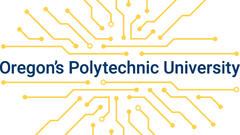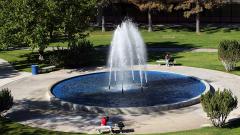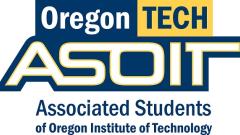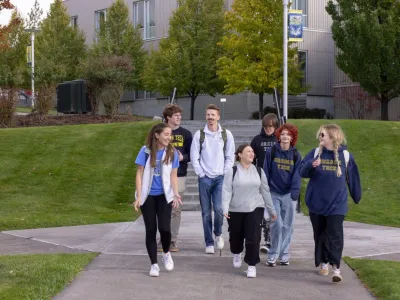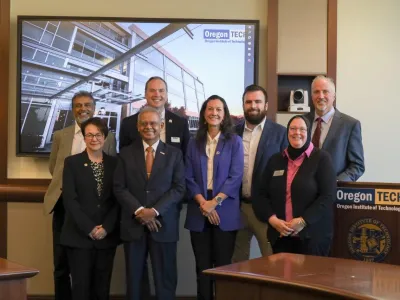
Oregon Institute of Technology (Oregon Tech) junior Eleanor Kenyon is one of only 28 students chosen to participate in a NASA Student Airborne Research Program (SARP) internship where she will sample and study atmospheric gases.
Eleanor is currently an Environmental Sciences major and hopes that participating in the program will further her knowledge of data analysis and air quality research. “Since my first year as a freshman, I have been able to do hands-on labs and take classes that are important to my program,” said Eleanor. “I think if I hadn't picked Oregon Tech, I would not have had the opportunity to work as a student air quality researcher and eventually apply for the NASA SARP Program.”
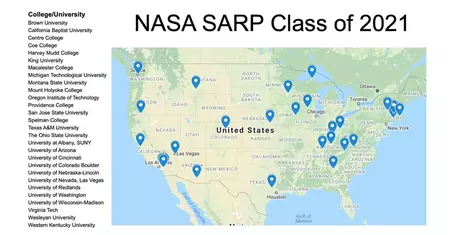
SARP is an eight-week internship opportunity for rising undergraduate students, which gives them an opportunity to acquire hands-on research experience in atmospheric science. Research areas include atmospheric chemistry, air quality, forest ecology and ocean biology. The group was chosen from a pool of students attending over 160 different colleges and universities from 47 states, the District of Columbia, and Puerto Rico.
Oregon Tech assistant professor of Chemistry, Adelaide Clark, Ph.D., is a previous intern of the program and is helping to mentor Eleanor. “Eleanor has been an invaluable member of the air quality research group here at Oregon Tech,” said Dr. Clark. “She is consistently completing the ‘next-step’ of projects, before I even can ask. From my own experience in SARP, that is the drive a student needs to be a successful participant. I am very excited to have Eleanor representing Oregon Tech in this program and cannot wait to hear about her experiences.”
Held this year as a virtual program, SARP leadership designed an at-home air sampling project to take advantage of the geographic distribution of interns across the United States. Students are sent devices to collect samples in their hometowns, which they send back for analysis. Collecting an air sample involves students going outside and turning the valve on the evacuated canister to fill it with air.
Originally from Myrtle Point, Eleanor will be filling her canister there, hoping it will show the agricultural presence in the area and the prevalence of wildfires on the West Coast.
Once SARP participants have collected their air samples by mid-June, they will mail the canisters back to the University of California Irvine laboratory where the samples will be analyzed for nearly 100 compounds including greenhouse gases, such as methane and carbon dioxide, vehicular exhaust gases, and gases related to industrial activities. By the end of the summer, students will have access to all the gas concentration data collected by the entire group.
The atmospheric science study will also contribute to Eleanor’s work as a student researcher for an Air Quality Impact project at Oregon Tech. “Although I am currently working on an air quality research project at Oregon Tech, I am excited to branch out,” shared Eleanor. “Getting to use air sampling equipment myself and have NASA scientists help me during the process will be an invaluable experience.”
SARP is funded by the NASA Ames Cooperative for Research in Earth Science and Technology, based at NASA’s Ames Research Center in California’s Silicon Valley. Students selected for SARP must have an excellent GPA (at least 3.0/4.0), be a STEM major, have evidence of interest in the Earth system and hands-on research, have career plans that promise to contribute to the nation’s future workforce, and have leadership qualities as well as evidence of teamwork.
###
